Pekka Buttler, July 2025
Featured image: Nikkor Ai-s 50 mm f/1.2 @ f/1.2, 1/40 s, ISO 100
This lens’ data sheet is available here and a Gallery of images taken with this lens is available here.
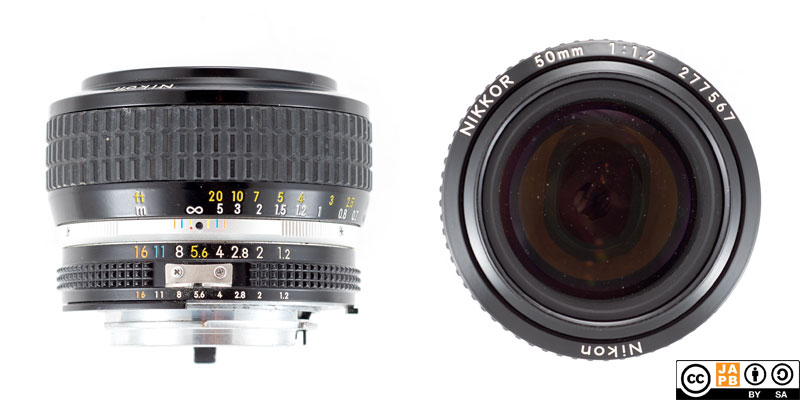
Introduction and background
To understand a lens, I think it always helps to see the lens in context.
The design of the Nikkor 50/1.2 hails from 1978, when Nikon introduced the Nikkor Ai 50 mm f/1.2 to replace the older lineup of 55 mm f/1.2 lenses that Nikon had – with only minor modifications – been producing since 1965.
In the late 1970s the autofocus revolution was still some ways off and no-one was yet seriously contemplating the fundamental shift that would occur a decade later. This was an era defined by amateurs moving into SLRs, hoping for svelte, light camera bodies; prosumers being willing to open their wallets for the latest and greatest new features, and pros valuing solid, rugged cameras and lenses.
As something of a watershed moment, Nikon in 1977 changed the way its cameras communicated with lenses (the shift from pre-Ai to Ai)1, which meant the introduction of a spate of new lenses (some of which were new designs, some were just rehoused).
At the time of the introduction of this lens, Nikon offered the following fifties:
• Nikkor Ai 50 mm f/2 (1964/1974 design)
• Nikkor Ai 50 mm f/1.8 [data sheet] (new design)
• Nikkor Ai 50 mm f/1.4 [data sheet] (1976 design)
• Nikkor Ai 50 mm f/1.2 (new design)
• Nikkor Ai 58 mm f/1.2 Noct (new design)
In this situation it was clear that the 50/1.8 was to replace the 50/2 design as the nifty fifty/kit lens whereas the 50/1.4 and 50/1.2 were intended to entice the aficionados and the 58/1.2 Noct was always intended as a specialty lens (with a price tag to match)
In 1981 Nikon then upgraded its entire lens catalogue yet again, moving from Ai to Ai-s. This was mostly an internal mechanics upgrade, but some lenses optical designs were also changed (see this article that looks in depth at the transition from Ai to Ai-s). In the case of the 50/1.2, there were some changes going from Ai to Ai-s. While the optical design remained unchanged, Nikon upped the number of aperture blades (from 7 to 9) and significantly shortened the lens’ focus throw (from 190 ° to 110 °).
In the late 1980s autofocus cameras and lenses took the world by storm. in 1986 Nikon introduced its first 50/1.4 autofocus lens, but Nikon did not introduce an autofocus variant of a 50/1.2 before 2020 at which time the Ai-s 50/1.2 was officially discontinued.
Between 1981 and 2020, Nikon manufactured roughly 165 000 copies of the Ai-s 50/1.2. While that makes the Ai-s 50/1.2 rare compared to the Ai-s 50/1.4 (≈770 00 copies), it is also bog-ordinary compared to the Ai-s 58/1.2 Noct (less than 9000 copies)
Ergonomics
First, let’s talk about mounting this lens to your camera. Given that the lens uses the Nikon F mount (subtype: Ai-s) its adaptability to various other systems is very good. Not only can you mount it (with a suitable dumb adapter) on every mirrorless digital camera made to date, you can even mount it (using a simple adapter ring) on every non-Nikon dSLR (albeit that you will have to meter manually). Should you have a higher-end Nikon dSLR lying around, you’ll likely2 be able to mount and use this lens without issues.
Assuming you’re intending to adapt this lens to a mirrorless digital camera, ergonomics are trouble-free as the Nikon F mount is very straightforward. You do not need to dabble with aperture setting (DKL) or aperture activation rings (Canon FD), error-prone manual/auto aperture switches (M42) or thread mounts (M42). Assuming you already have a Nikon F adapter for your camera, you just insert this lens, twist and listen for the locking lever to snap. Then you go shooting.
Superfast fifties are always a bit bigger than fast fifties (typically they are not so much longer as wider), so this is not a small lens. Simultaneously, for a superfast fifty the Nikkor Ai-s 50 mm f/1.2 is of rather average size – smaller than (e.g.) the Canon FD 55/1.2 S.S.C but bigger than (e.g.) the Olympus 50/1.2.
In terms of usability that size (and shape) comes with both pros and cons. The focus ring is broad, grippy and easily at hand. Personally I think the lens’ focus throw is a bit on the short side (Nikon redesigned most of their lenses going from Ai to Ai-s and shortened the focus throw), but it is mostly long enough to enable finding correct focus. Nikon also typically used a lighter helicoid lubricant meaning that Nikon lenses (when in order) focusing is lighter than with most similar-era lenses and while this lightness of focus certainly is divisive, it does help in facilitating minute manipulation of the focus ring. When wearing gloves the situation is a bit more tricky. While the focus ring is easy to grip and move, its short focusing throw and lightness of movement does tend to lead to unintentional manipulation when wearing gloves.
The aperture ring of Nikon F lenses is always at the back of the lens (at the mount), meaning that when mounted on a period-perfect Nikon camera, the aperture ring ends up quite close to the camera housing. As the lens’ focus ring is quite broad, this can lead to an aperture ring that is a bit more difficult to reach than ordinarily. When mounting the lens on any type of adapter the aperture ring is elevated away from the camera and becomes easier to reach. The aperture ring is metal and offers a pyramid pattern for better grip.
The aperture ring is nicely tactile, with clicks that are both easily felt and counted (even when wearing gloves) without at any stage putting up considerable opposition. While Nikon’s choice to only offer full-stop clicks does have its downsides, it does make for substantial and satisfying clicks. I have shot this lens a decent amount of time (both adapted and in its original surrounding) and whenever I’ve decided to check what my aperture value is (when I’ve counted the rapid clicks and think I am at a specific aperture, only to decide to nevertheless check it visually) I have invariably been right on target.
One important aspect of this lens is that it does – sort of – have an intermediate click between wide open (f/1.2) and f/2, but it is not well calibrated and cannot – in my experience – be reliably used. Therefore I have (in most examples below) not tried to give images for a stop between wide open and f/2. Personally, I deplore Nikon’s choice of not designing in an intermediate click as even stopping down by half a stop (from f/1.2 to f/1.4) often helps address some of the most egregious aberrations.
Images and analysis
All images in this review have been taken on a Sony ⍺7R2, and a Nikkor Ai-s 50 mm f/1.2 lens.
All shots in RAW. Some handheld with IBIS on others on tripod with IBIS off..
Edit in post: ACR default conversion only3, straighten, resize to 2k, save as JPEG quality 60.
Unless stated differently: all images at ISO100.
Definition and contrast
As with all very fast lenses, the Nikkor Ai-s 50 mmf/1.2 is clearly soft wide open. Because that softness covers the entire frame (including the absolute centre) and occurs even in indirect light (top two rows of collage below), spherical aberration clearly is a key cause to that softness.
The imagery used in this review combines shots from a recent gallery (images from Tallinn, Estonia in July 2025) with imagery taken in 2021 in for a comparison review4 of superfast fifties. This combination of sources can be seen in many of the collages here (e.g. below the two top rows are from the overcast/drizzle in Tallinn 7/2025, whereas the bottom row are from sunny spring 4/2021).
Being able to combine test shots from varying circumstances is important, as merely working based on the recent Tallinn imagery would not sufficiently have shown the considerable amount of purple fringing caused by longitudinal chromatic aberrations that can be seen in the bottom row..
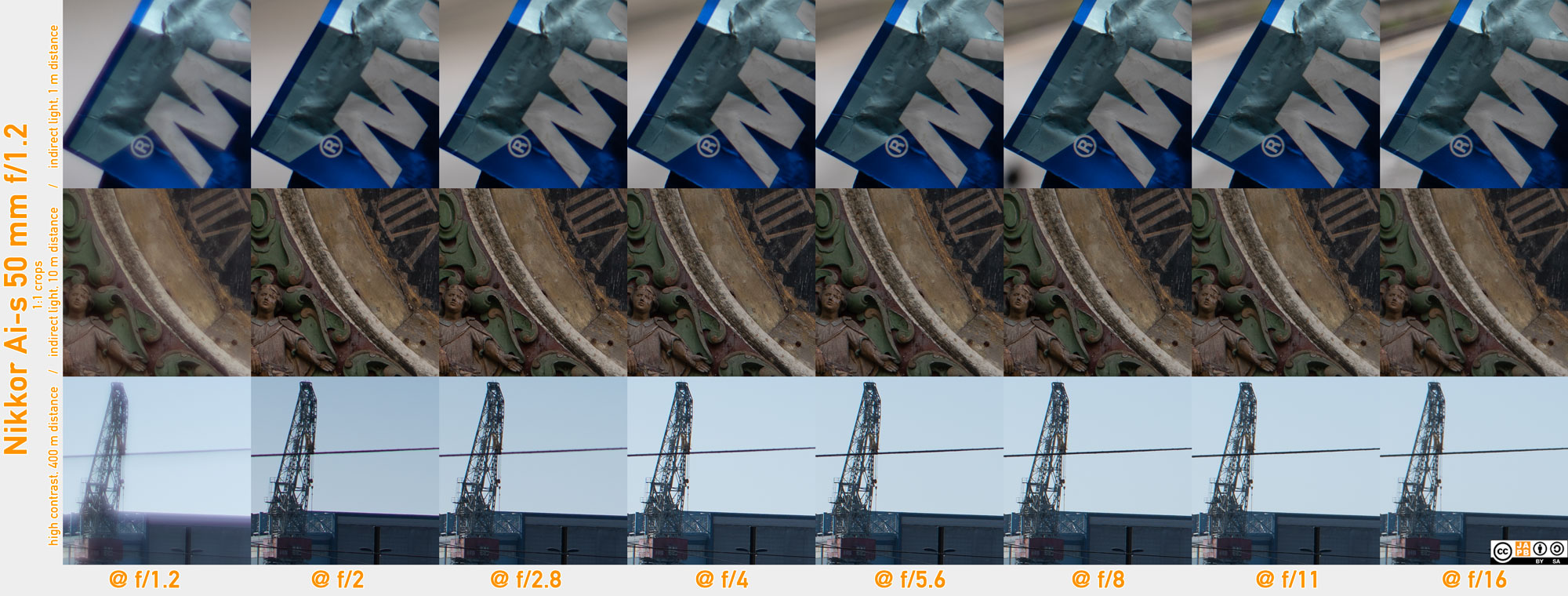
• Open image in new tab for larger version)
• See here for 1:1 version (warning: large file)
It is not surprising that the wide open (f/1.2) images are soft, but one might have hoped that they would not be quite as soft. Also the extent of the wide open purple fringing can come as a nasty surprise. On the other hand, the lens’ sharpness improves considerably by stopping down to f/2 and while some purple fringing (in high-contrast situations) may remain at f/2, even those are gone by f/2.8.
From f/8 onward sharpness starts deteriorating a bit as diffraction sets in. This still leaves the user of the Nikkor Ai-s 50 mm f/1.2 with a wide range of aperture settings (f/2–f/11) to choose from depending on their use case (smaller apertures for increased depth of field; wider apertures for quicker shutter speeds or lower sensitivity).
In the case of the corners (sorry for the boring brick wall) the situation is interesting as corner sharpness is surprisingly decent. At f/1.2 there is (not surprisingly) considerable softness, but at f/2 the situation improves markedly, and the corner sharpness is already good. It further improves a bit going to f/2.8 and again to f/4, after which it is unchanged until diffraction starts eating into definition (at f/11). See more below.
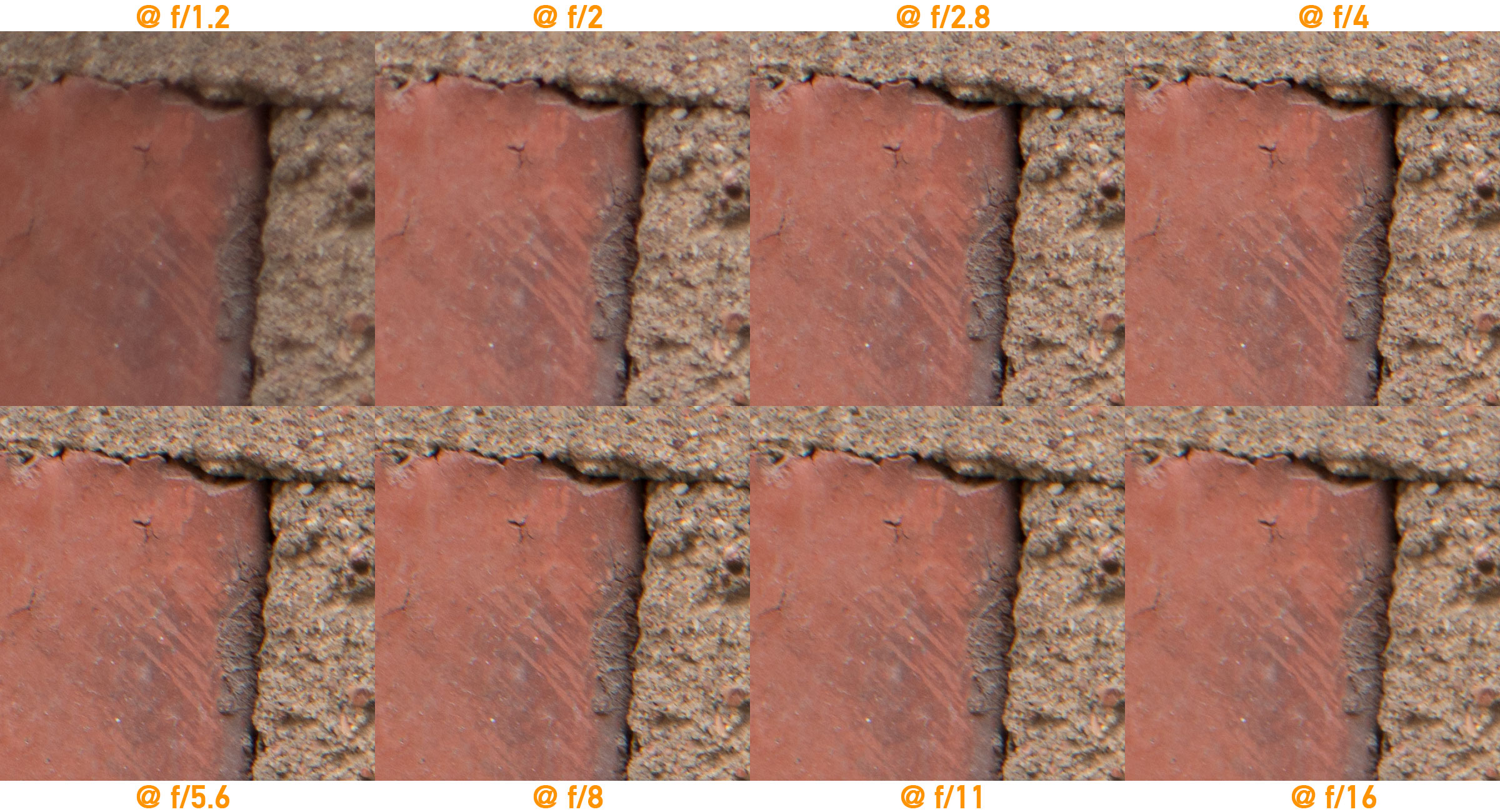
(Open image in new tab for larger version)
At JAPB we always try to figure out whether wide open softness is due to a loss of definition or due to a loss of contrast (please see the JAPB article on sharpness and its two components: definition and contrast). Why is this distinction important? In short because contrast can be easily boosted in post-production (your image editor’s dehaze/contrast sliders), whereas the same does not apply to definition.
In the case of the Nikkor Ai-s 50 mm f/1.2 the wide-open softness is sadly mostly due to a real lack of definition (some improvements can be achieved in post, but I would not hold my breath). This leaves us with the somewhat uncomfortable question whether the f/1.2 setting is actually usable or whether it is just there to attract the money of too wealthy photographers who want to show off. In other words: how does the lens perform when there is really very little light to go around?
The bad news is that the limitations that have pained the lens in abundant light have not miraculously gone away, and a general lack of detail and glowiness are still very much present.
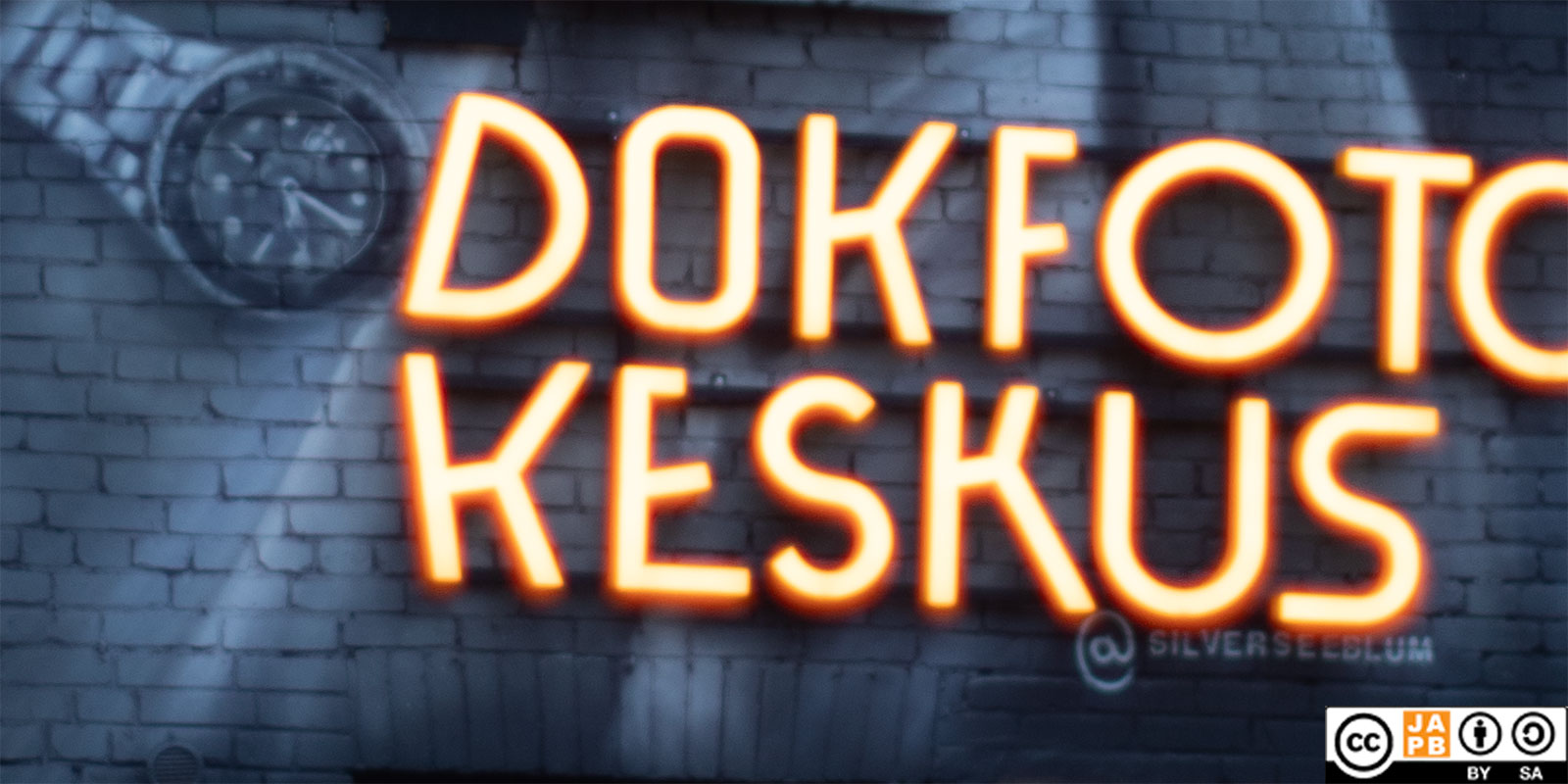

Right: Nikkor Ai-s 50 mm f/1.2 @ f/2, 1/30 s, ISO 200
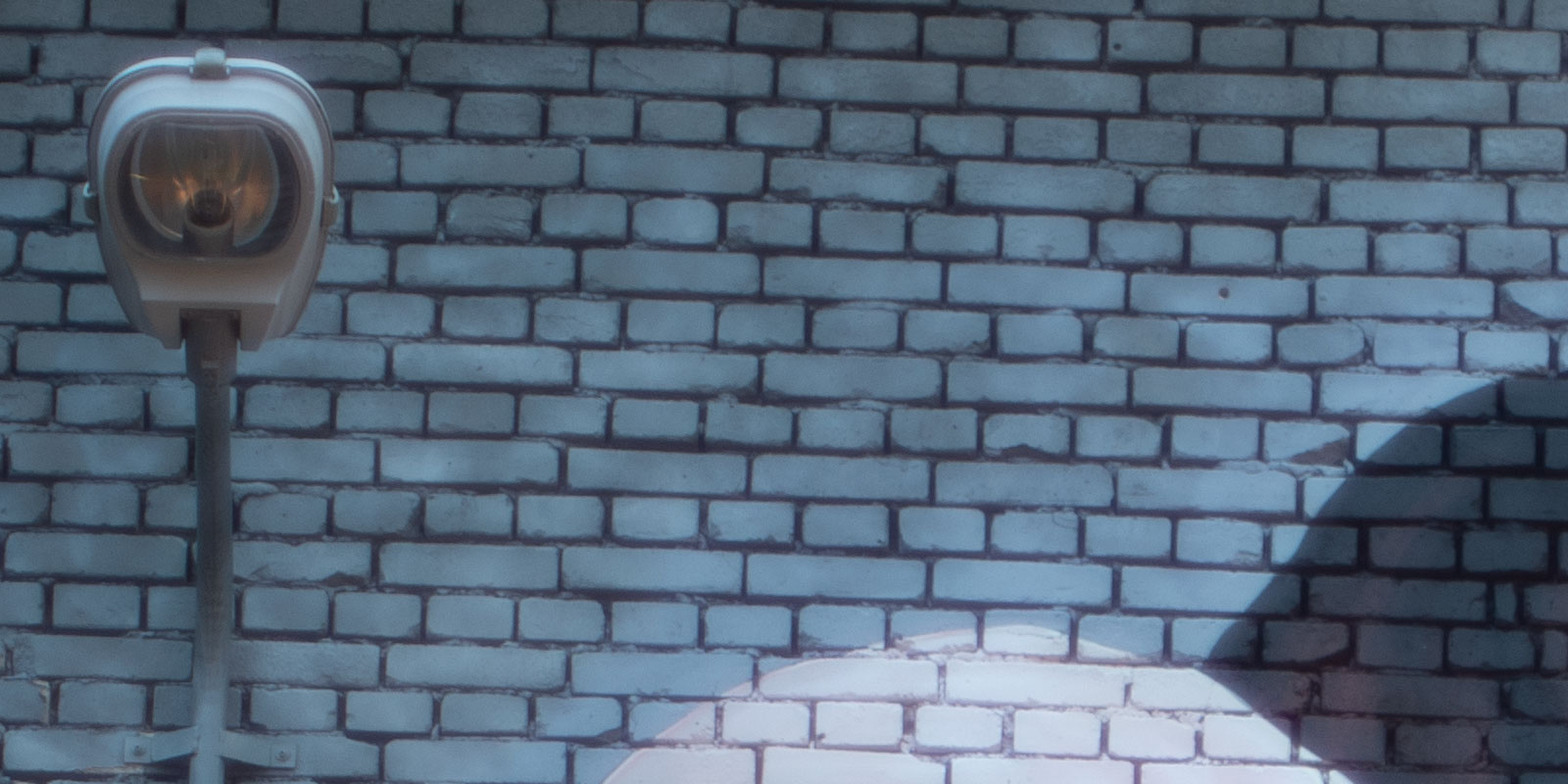
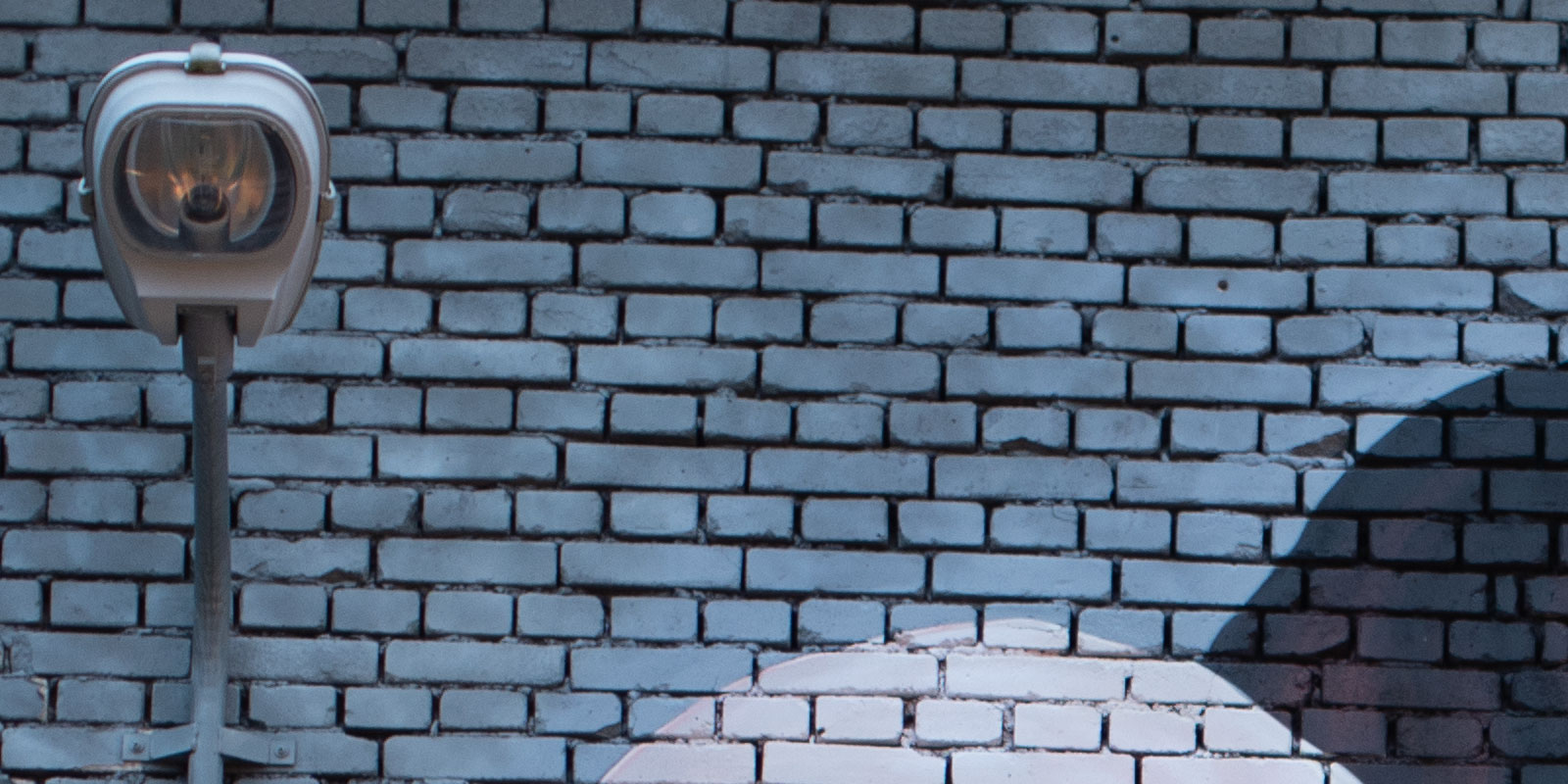
Right: Nikkor Ai-s 50 mm f/1.2 @ f/2, 1/30 s, ISO 200
On the other hand, while the pixel peeper can clearly notice those failings, they do not necessarily bother one so much if one tries to look at the (literally) entire picture. Interestingly, even though those f/1.2 images clearly suffer a number of optical flaws, there is something quite appealing to the look they produce (some samples below, more in gallery):


Right: Nikkor Ai-s 50 mm f/1.2 @ f/2, 1/30 s, ISO 1000
Note! Sunstars at f/2 (!)


Right: Nikkor Ai-s 50 mm f/1.2 @ f/2, 1/30 s, ISO 2000
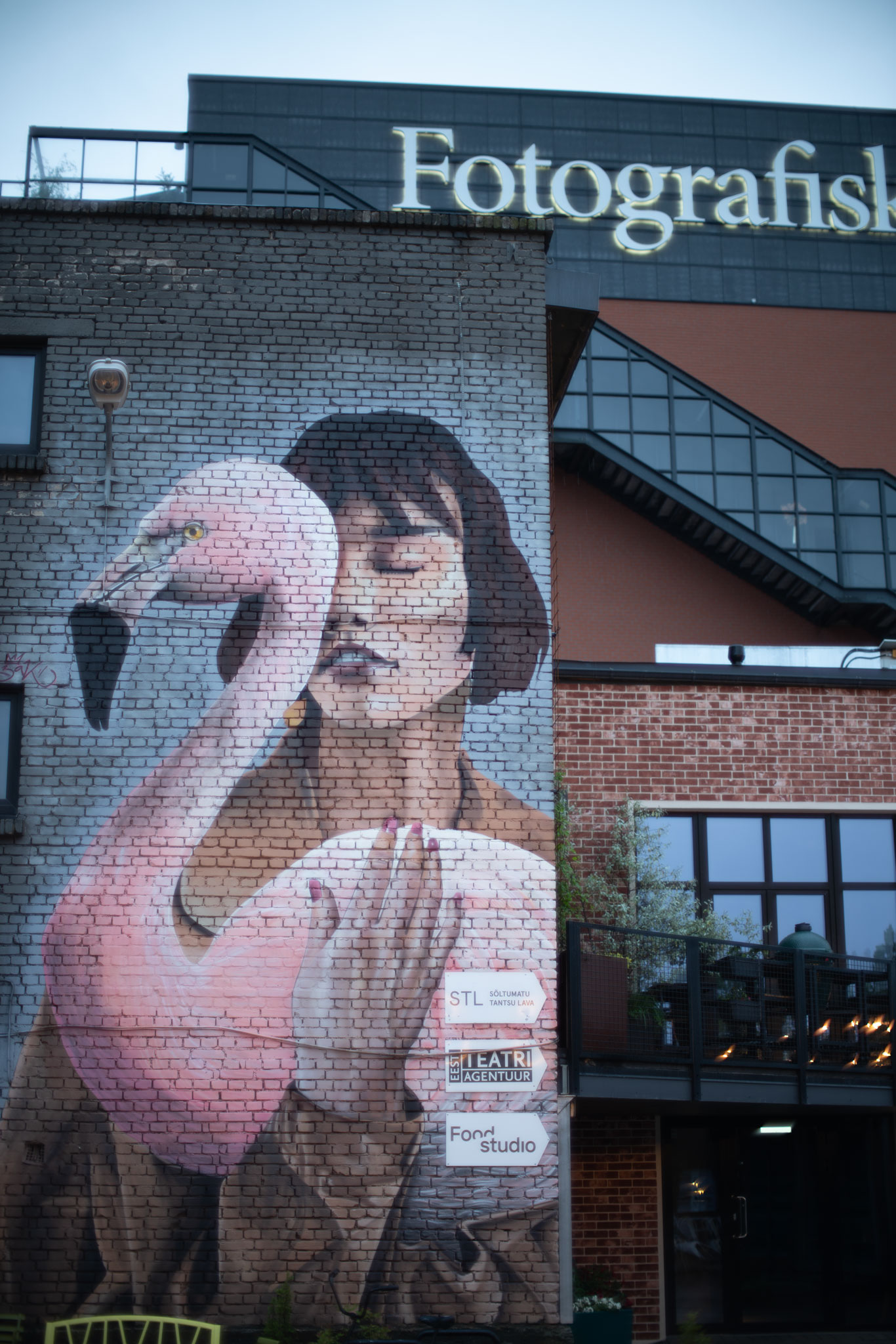
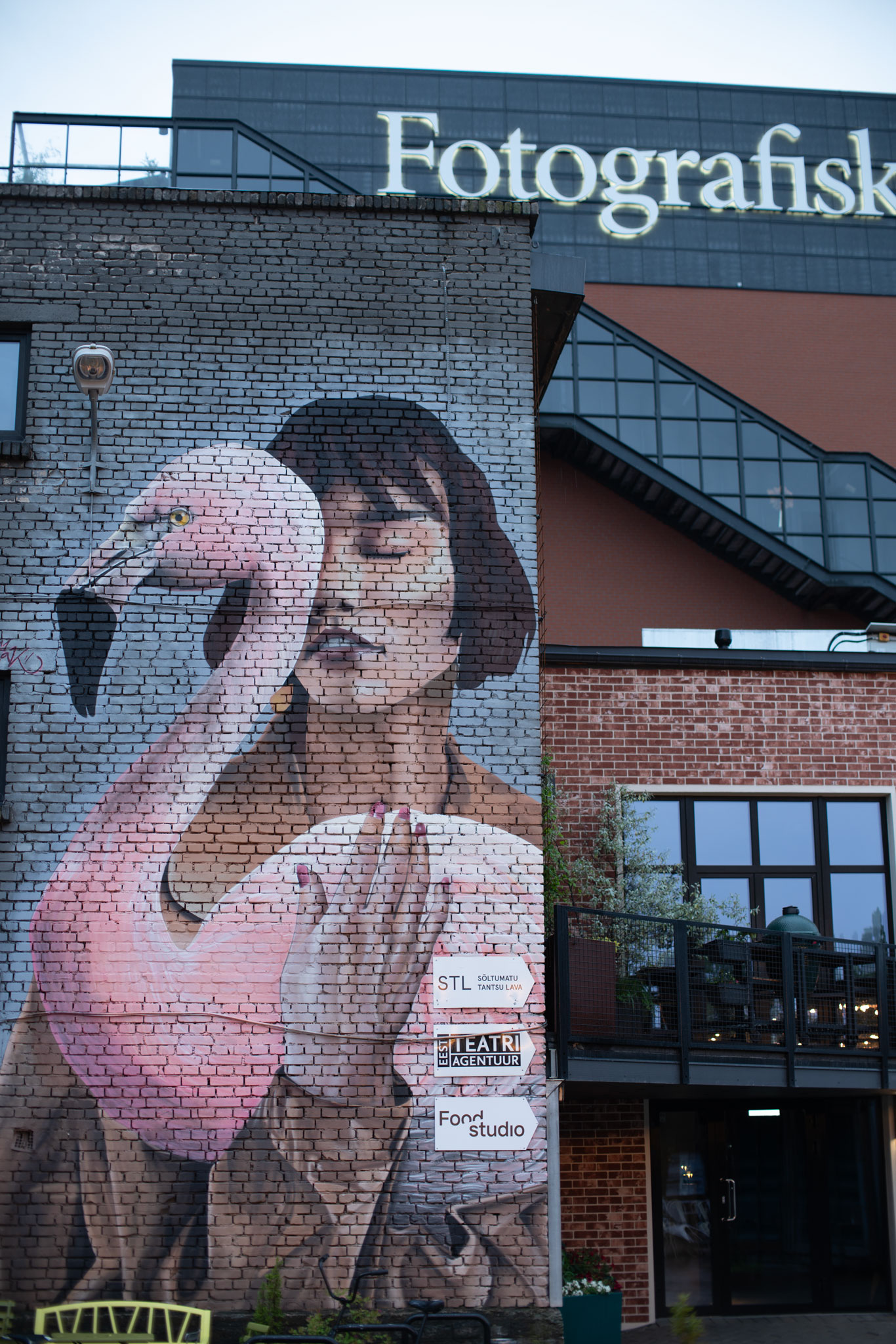
Right: Nikkor Ai-s 50 mm f/1.2 @ f/1.2, 1/30 s, ISO 200
All in all, in daylight the Nikkor Ai-s 50 mm f/1.2 is a very sharp lens that produces stellar results from f/2 (center) and f/2.8 (corner) all the way to f/8-f/11. In daylight the f/1.2 setting cannot be recommended unless the photographer purposefully is aiming at softness. Especially in high-contrast situations one must balance the lens’ tendency towards purple fringing with a desire for shallow depth of field.
In evening shots the lens displays the same tendency towards softness and glowy highlights when shot wide open, but this might also act to the photographer’s advantage. Also – when dealing with limited illumination – the lens’ ability to open up all the way to f/1.2 might be exactly what is called for.
Vignetting
The Nikkor Ai-s 50 mm f/1.2 shows considerable vignetting wide open (f/1.2). From there it improves gradually until by f/2.8 the issue is no longer field-relevant and by f/4 it is totally gone.
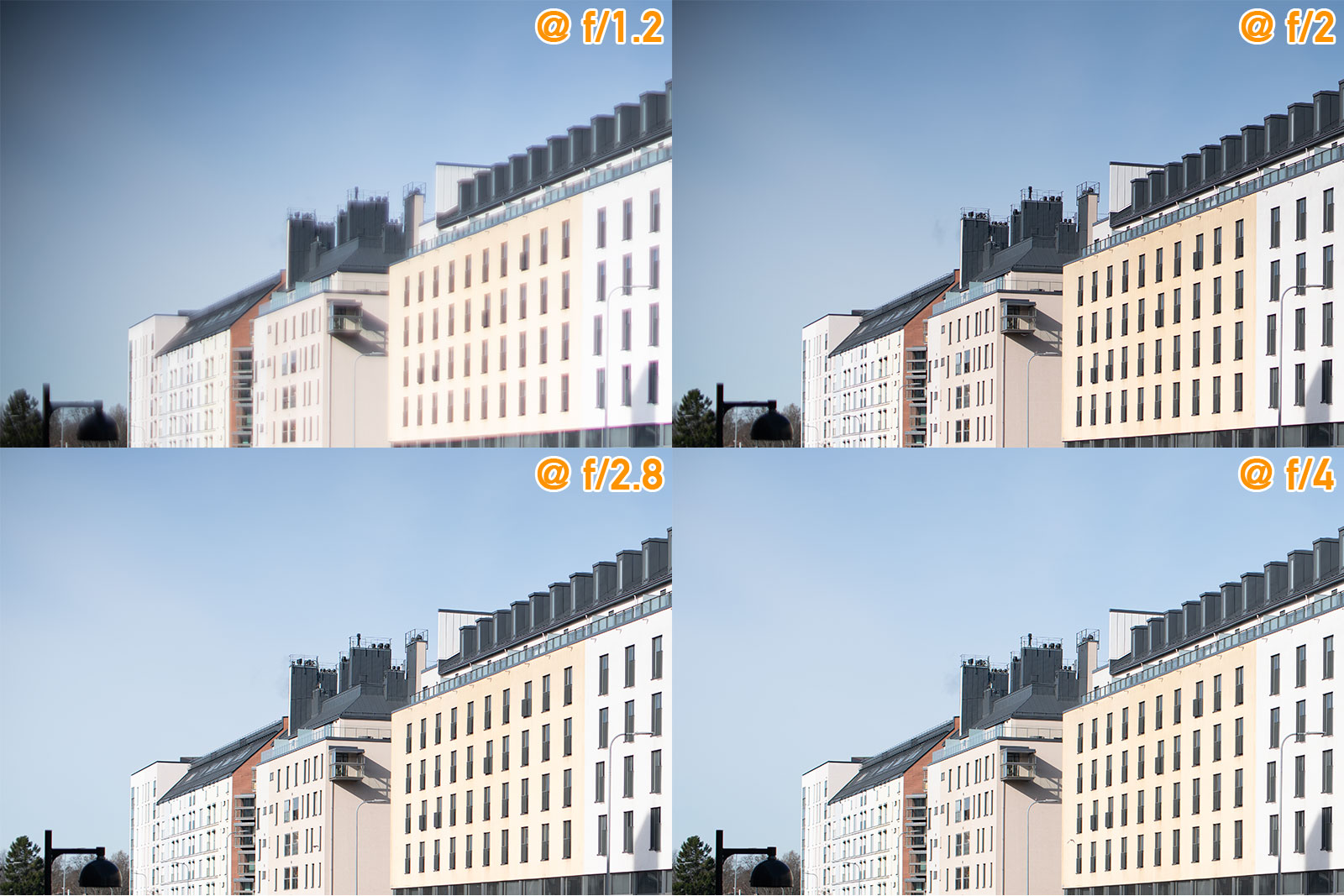
(Open image in new tab for larger version)
Chromatic aberrations
As noted, longitudinal chromatic aberrations clearly are an issue with the Nikkor Ai-s 50 mm f/1.2. While the issue is egregious wide open, there are some remnants of the longitudinal chromatic aberrations at f/2 and f/2.8 as well.
At the same time, the Nikkor Ai-s 50 mm f/1.2 does also have a mild tendency to show lateral chromatic aberrations in border/corner areas. Importantly, lateral chromatic aberrations do not go away when you stop down the lens. On the other hand, most post-processing software has the ability to correct lateral chromatic aberrations semi-automatically.
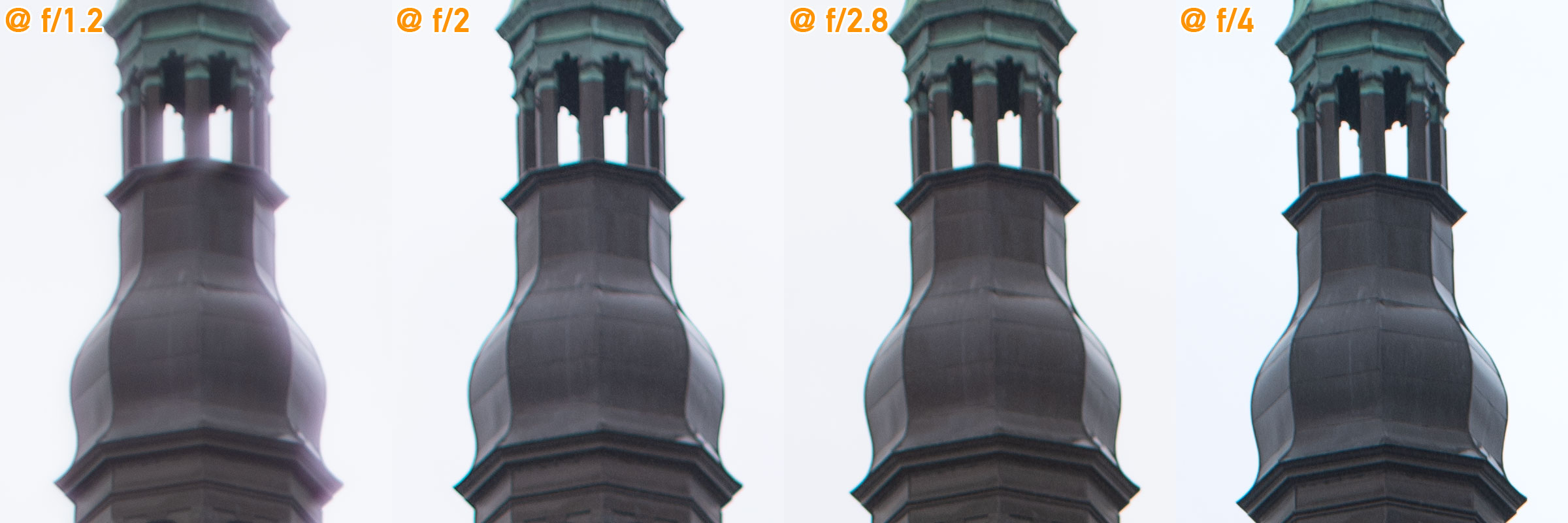
(Open image in new tab for larger version)
Flaring, ghosting and sunstars
In terms of coatings, this lens is a late-era legacy lens from a major manufacturer and not a cheap lens at that. As a result, its coatings are about as good as possible for the 1980s as possible. It is therefore not surprising that this lens is relatively impervious to both ghosting and veiling flare.
Looking back through my catalogue of images with this lens, there are only a handful of images I can find that show any issues that can be reported under this heading.
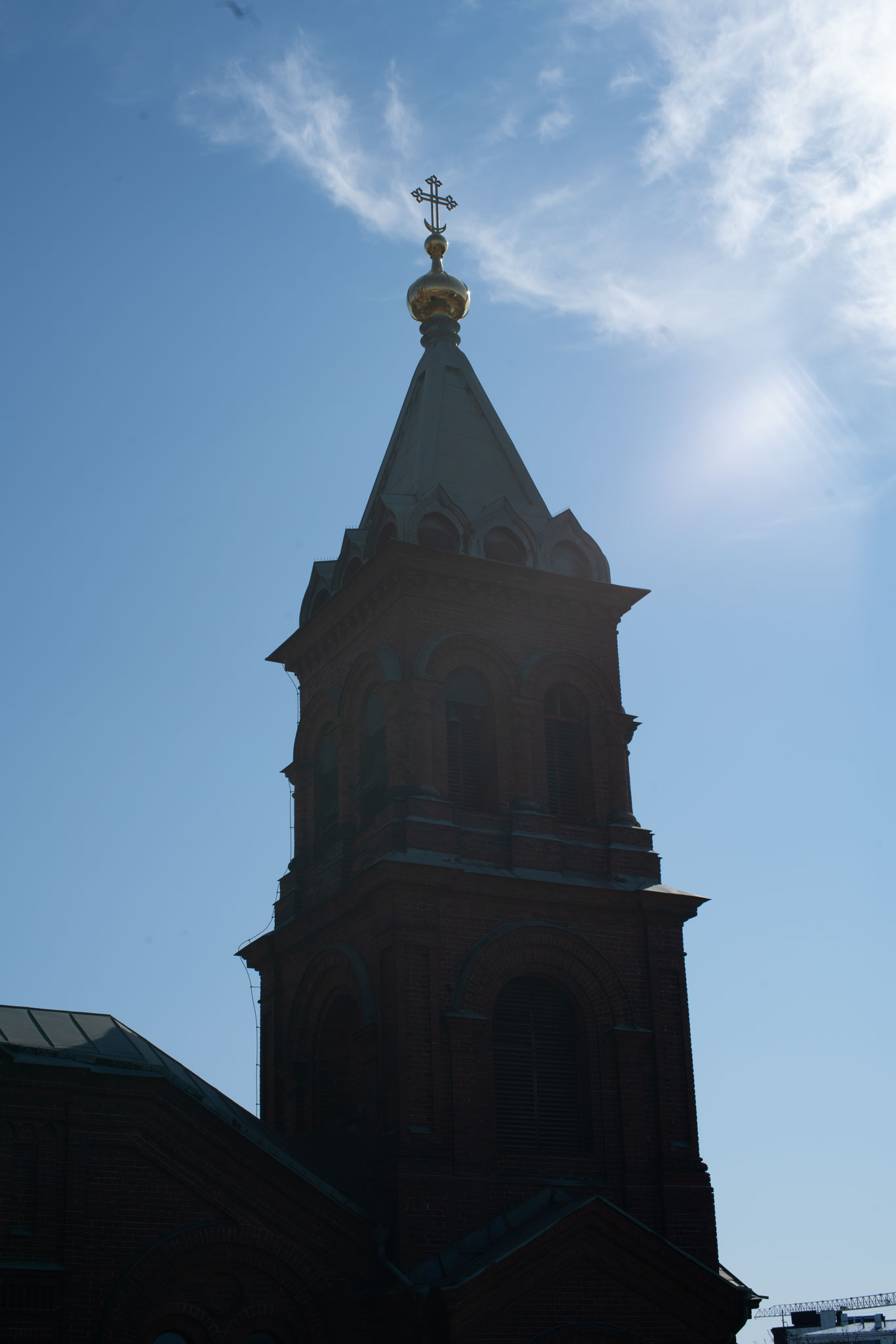


With its 9-bladed aperture, the Nikkor Ai-s 50 mm f/1.2 has the ability to produce some rather spectacular sunstars (see below).
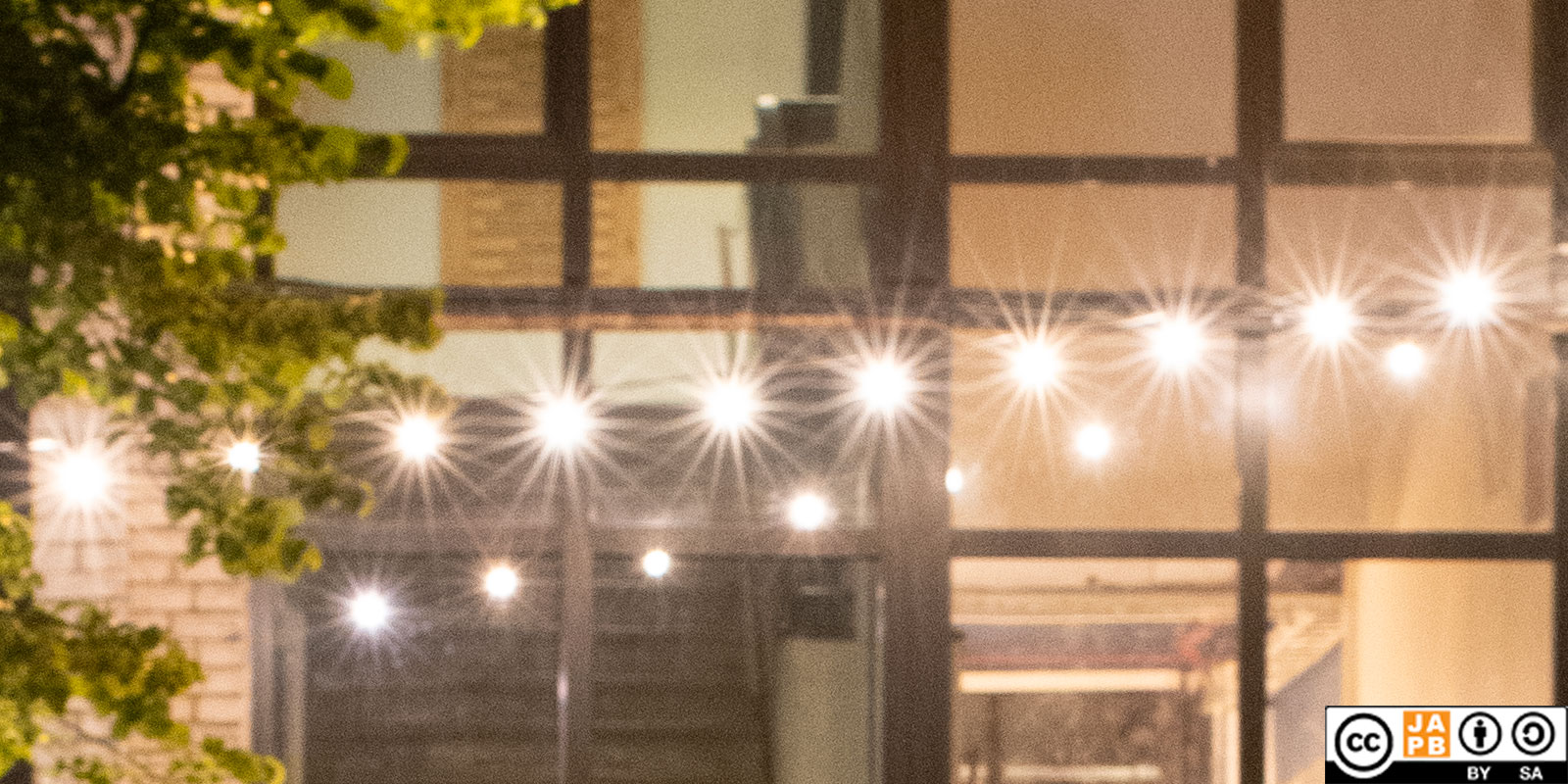
1:1 excerpt from full frame. Nikkor Ai-s 50 mm f/1.2 @ f/5.6, 1/13 s, ISO 3200
(Open image in new tab for larger version)
Distortions and field curvature
Being a standard prime lens, it is not surprising that the lens has no significant geometric distortions. There is a mild level of barrel distortion, but it is clean (no moustache) and easily corrected in post.
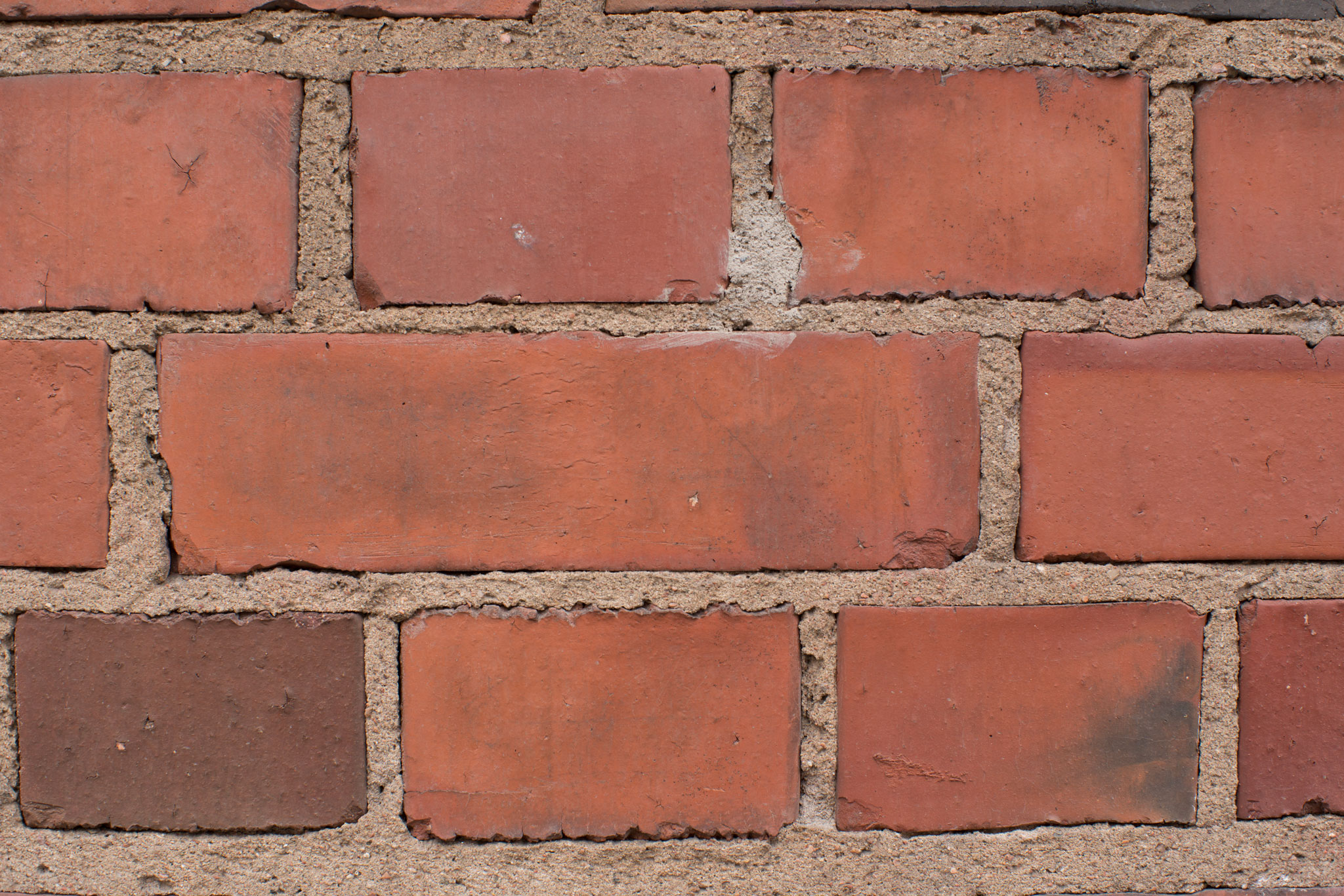
Nikkor Ai-s 50 mm f/1.2 @ f/5.6, 1/30 s, ISO 200
(Open image in new tab for larger version)
These same brick wall shots can very well be used to test for field curvature. After correcting for vignetting it is possible to see a level of softness in the absolute corners of the f/1.2 and f/2 images that are caused by a relatively mild case of field curvature. However when discussing field curvature it is always important to remember two things:
One: in most real-life situations photographers do not use general purpose lenses to try to capture absolutely flat objects5. Hence the demand for corner-to-corner sharpness propagated by most sharpness tests significantly over-emphasises the importance of a flat field of focus.
Two: in practical terms field curvature becomes a real issue only if the field of focus is so curved that a moderate6 increase in the depth of field (achieved through stopping down) is insufficient to compensate for the field curvature.
In the case of the Nikkor Ai-s 50 mm f/1.2 it seems clear that while field curvature exists, it is very mild and stopping down to f/2.8 is sufficient to fully compensate for it.

Nikkor Ai-s 50 mm f/1.2 @ f/2.8, 1/125 s, ISO 200
(Open image in new tab for larger version)
Comatic aberration (coma) and astigmatism
Comatic aberration (often simply referred to as ‘coma’) and astigmatism are not the same even though they often get mixed up. Please see the linked articles to understand the difference.
Also, while a trained eye might find tell-tales of coma or astigmatism in daylight shots, the only way to gain certainty is through studying starscape imagery. As it so happens, I have once set up this lens on a tripod and pointed it at a night sky.
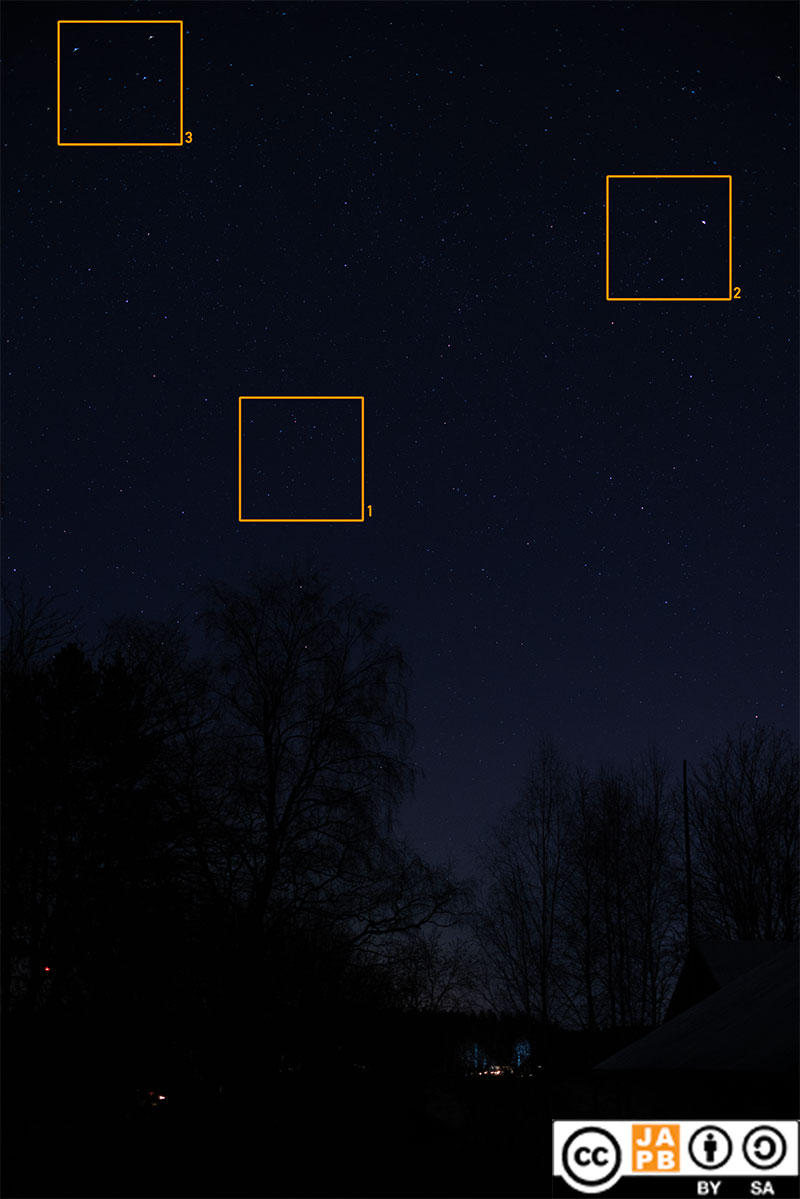
The image above shows the crops that will be studied in detail below.
• Crop 1 is taken of a distinct group of stars relatively close to the image centre. In this area coma and astigmatism are unlikely to show up (but camera shake would).
• Crop 2 is off-centre, but not yet a corner area. What makes this crop interesting is the presence of an abnormally bright light-point (star or planet: I do not know).
• Crop 3 is a corner crop featuring some bright stars and whatever coma or astigmatism could show up will be visible here.
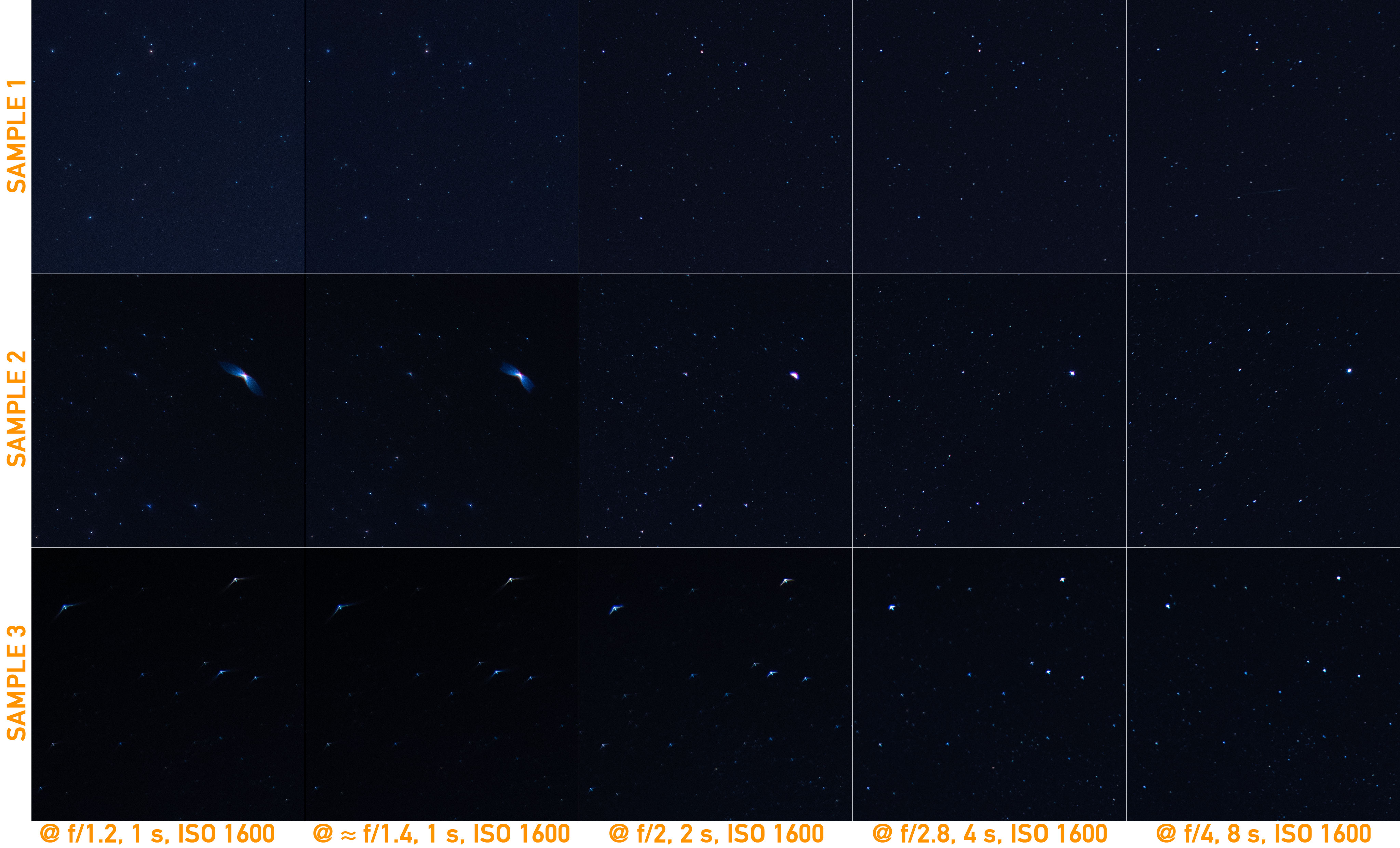
1:1 crops from starscape
(Open image in new tab for larger version)
Not surprisingly, the centre area (sample 1) of the images are very clean, but as our analysis progresses towards the corners, the light points start becoming less point-like. As sample 2 shows, especially bright light points in the off-centre area have the potential to develop ‘wings’ (caused by sagittal astigmatism), and that stopping down to f/2 does not entirely eradicate these symptoms.
The absolute corners (sample 3) show that same sagittal astigmatism in combination with some comatic aberration. That the comet’s tail of that coma points toward the image centre means that we’re technically dealing with negative comatic aberration. That comatic aberration is a bit pesky, because it does not go away even when stopping down to f/4 (which at ISO 1600 is where the shutter speed exceeds 5 seconds and star trails start to appear). Comparing these results with other lenses in the class of superfast fifties, these are not good results
The Nikkor Ai-s 50 mm f/1.2 is therefore not well suited for astrophotography. While disappointing, this is maybe not a surprise considering that Nikon did simultaneously offer a similar spec lens that was specifically designed to handle the night shift (the Nikkor Ai-s 58 mm f/1.2 Noct)
Miscellaneous
With a minimum focusing distance of 0,5 m and a resulting maximum magnification of ≈1:8, this lens is definitely not a macro lens. However in its intended milieu that MFD is short enough for most photographic purposes.
The lens’ colour balance is relatively neutral, with (IMO) very honest colour reproduction in all types of lighting.
Bokeh is important for a superfast fifty. At the same time Bokeh is notoriously subjective, so the best I can say is that I generally find the Bokeh to be pleasing while allowing you to make up your own mind.

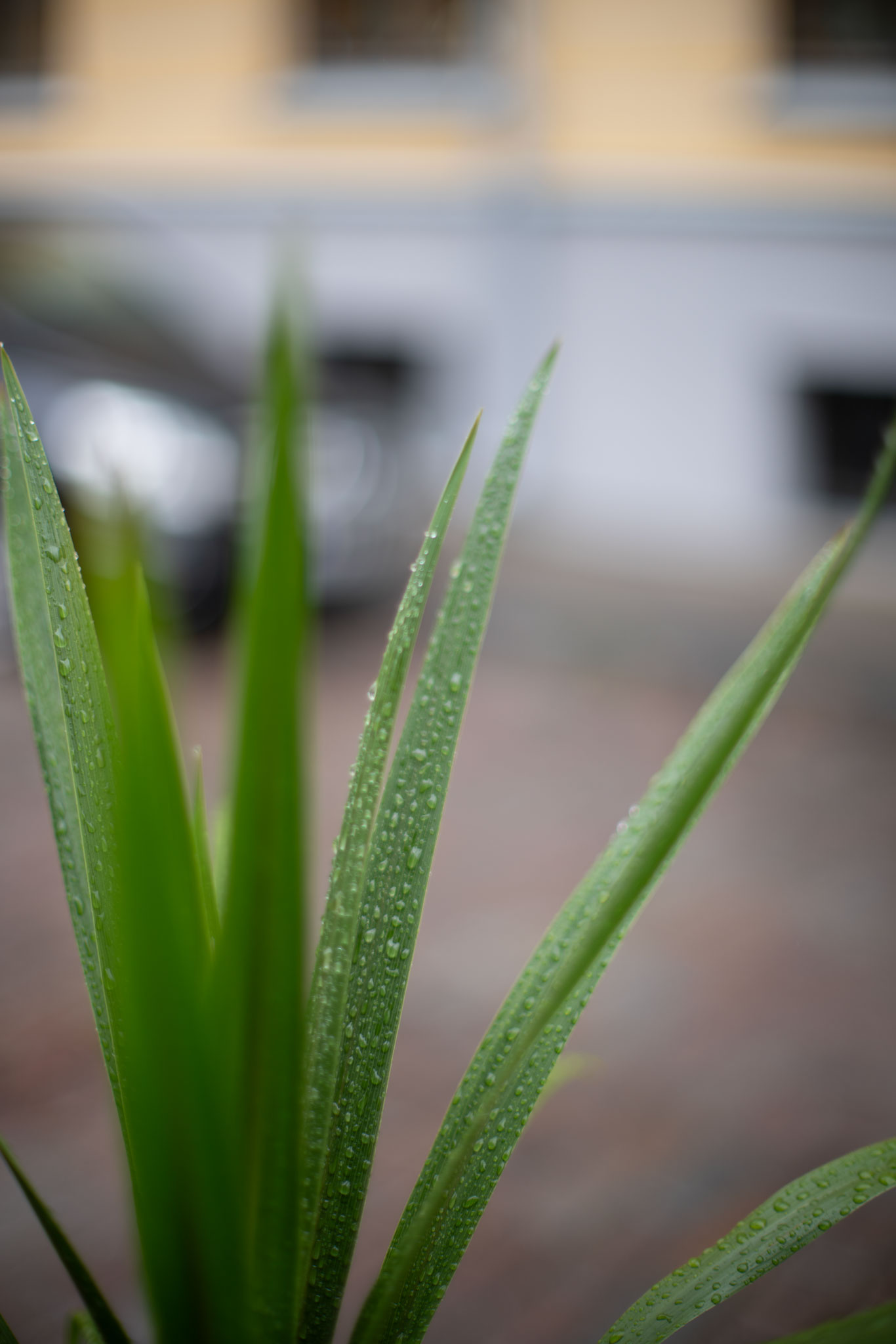




Summary
The Nikkor Ai-s 50 mm f/1.2 is an interesting lens, but not without some failings. Wide open it suffers greatly from a general softness and lack of definition, and while the situation improves radically stopping down to f/2, Nikon did us a disfavour by not including an intermediate stop between f/1.2 and f/2. In bright sunlight and high-contrast situations the level of chromatic aberrations are rather disturbing.
If you expect this lens to offer you clean evening/night shots, you’re also in for a disappointment, that said, there is an appealing, ethereal quality to wide-open night shots.
At the same time, this is a solidly built lens that offers a high degree of usability and versatility. It is very sharp at f/2 and almost flawless from f/2.8 to f/8 (some vignetting and comatic aberrations remain at f/2.8). Also it is – for a legacy lens – highly resistant to flaring and ghosting. The Bokeh is substantial and mostly very nice and the level of geometric distortions mostly do not need addressing.
All in all, while the Nikkor 50/1.2 might be a specialty lens (compared to various fast fifties and nifty fifties), it is not only able to take some nice shots at f/1.2, it is also a very competitive all-purpose fifty.
Footnotes
- If the terms pre-Ai, Ai and Ai-s are unclear to you, I recommend reading the JAPB article on the Nikon F mount. ↩︎
- As of this writing, the following Nikon dSLRs fully support Aperture priority and manual metered modes on Nikkor Ai and Ai-s lenses: Df, D2, D3, D4, D5, D6, D200, D300, D300s, D500, D600, D610, D700, D750, D780, D800, D800E, D810, D850, D7000, D7100, D7200. ↩︎
- No changes to exposure or colours, no sharpening, no denoising, no defringing. License plates and identifying marks retouched when necessary. ↩︎
- I never managed to get that comparison review done as I kept adding new lenses and starting anew. ↩︎
- There are special lenses (reproduction and enlarger lenses) for these specialised purposes. ↩︎
- Personally, I think that if you can negate field curvature by stopping down 3–4 full stops, then that means that field curvature is easily manageable. ↩︎

Comments